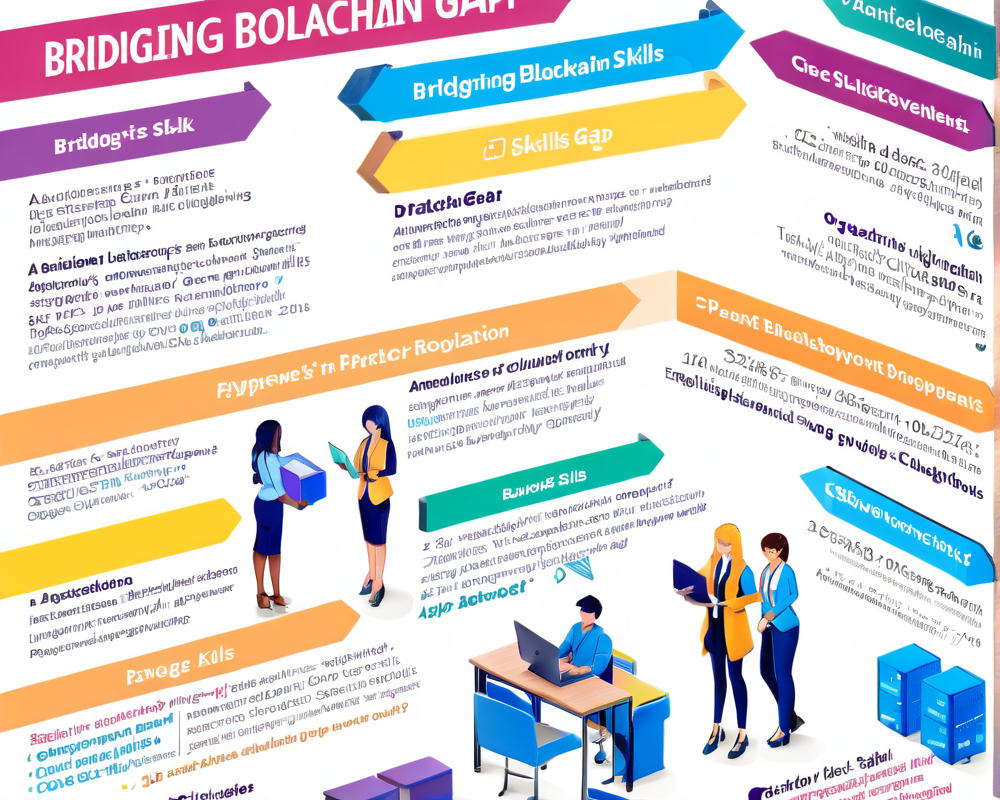Understanding the Blockchain Demand Explosion
Recent insights reveal a staggering 517% surge in demand for software engineers proficient in blockchain technology over just one year. This booming sector highlights a critical imbalance: a shortage of qualified professionals to meet this demand. The challenge? Companies aren’t just searching for tech whizzes; they’re also on the lookout for experienced professionals who can bridge the gap between technology and business goals.
Navigating the Workforce Shortage
In a candid discussion, Ken Weber of Ripple articulated the industry’s pressing needs. He emphasized two distinct types of blockchain professionals:
- Engineers: Individuals with profound knowledge of blockchain technology who can implement effective solutions swiftly.
- Decision-Makers: Senior employees who can integrate blockchain into broader business strategies but require a foundational understanding of the technology.
The disparity between rising demand and the current supply of skilled workers showcases a well-acknowledged skills gap that urgently needs addressing.
The Current State of Blockchain Education
Although over 40% of the world’s leading universities are offering blockchain-related courses, those programs often lack focus. Instead of tailored paths that prepare students for specific roles, these classes are often merged with unrelated disciplines like law, mathematics, and business administration. Weber argues for a more targeted approach, creating education programs that eventually lead students directly into industry-specific roles.
Collaboration Between Industry and Academia
For real progress, Weber advocates for a robust partnership between companies and educational institutions. Surprisingly, only 38% of firms engage in collaborative initiatives with universities. By working together, they can develop curriculum and programs that effectively prepare students for careers in blockchain.
Initiatives Already in Motion
In a promising step forward, blockchain accelerator MouseBelt has already launched educational initiatives at several University of California campuses. These programs aim to fill the knowledge gaps and align academic learning with industry needs, setting a precedent for future collaborations.
Conclusion: The Path Forward
It’s clear that bridging the blockchain skills gap isn’t just a job for universities or companies alone; it requires a concerted effort from both sides. By aligning educational programs with the direct demands of the industry, we can cultivate a skilled workforce ready to tackle the challenges of this transformative technology.




